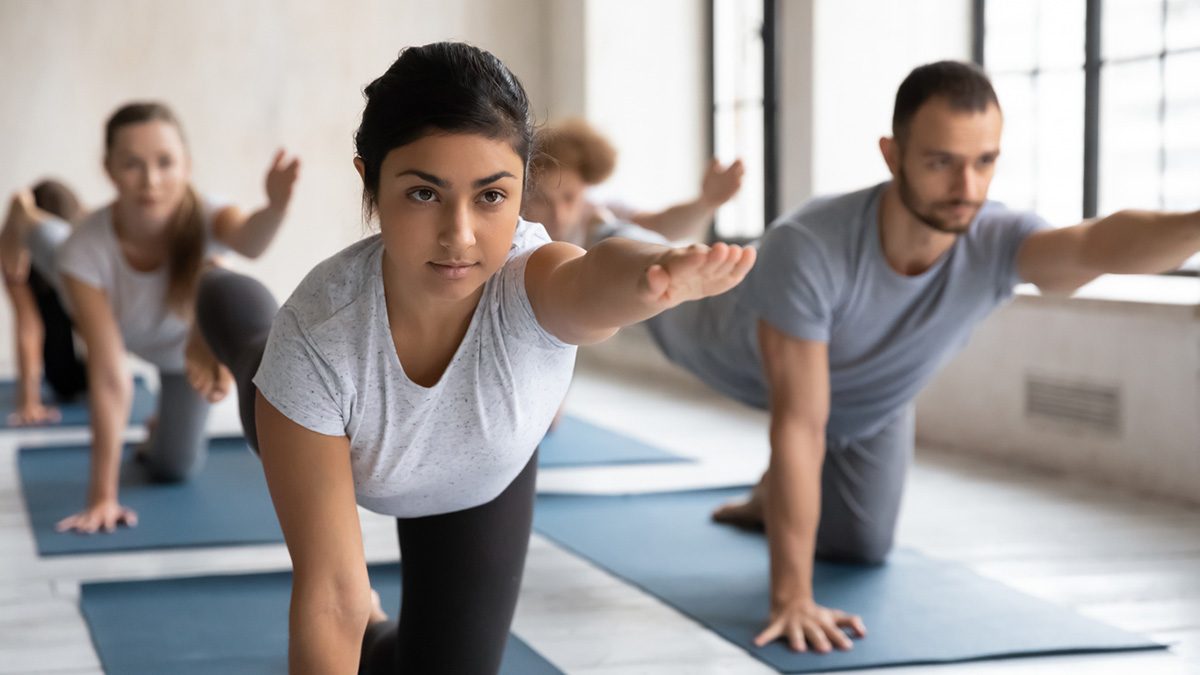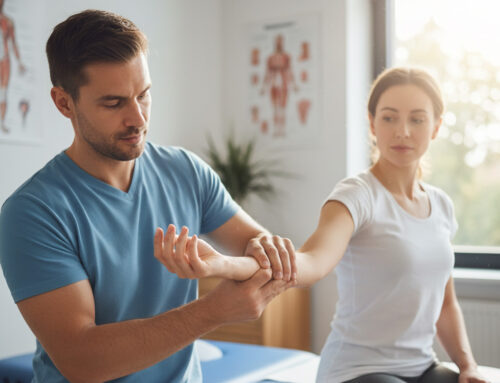Muscles Aren’t Just for Movement: Benefits of Strengthening
By: Dr. Kevin McIntyre B.Kin., DC
Imagine going on one of the old classic roller coasters at Canada’s Wonderland. Not the new, smooth, enormous ones, but the old wooden ones like the Minebuster or the Ghoster Coaster. The rickety, bumpy ride isn’t always the most comfortable, especially when you’re past the age of forty. With your hips and spine jostling around, the coaster turns a sharp corner, and you almost get whiplash in the process of having a good time. Now imagine going as loose and limp as you can while riding. You’re going to get more jostled around, and you’re more likely to get injured.
Similar, would be riding a toboggan down a bumpy hill while sitting upright completely relaxed with no muscular tone. This is not a good idea. For some reason, we often hear people say, “Go loose” before a fall or potential trauma. I’m not sure where this came from because it is exactly the opposite of what a person should do to minimize injury. Today’s blog is a simple message: using our muscles is one of the best ways to stabilize a joint and protect it from injury.
What is Muscular Bracing?
I often use my elbow to explain what muscular bracing is. Imagine I hold my elbow loose with no muscular contraction around it. If a jiu-jitsu expert grabbed my elbow, it would be easy to twist it and damage it. On the contrary, if I consciously contracted the muscles around the joint, it would make it stiff. Perhaps I might injure some of the muscles if the jiu-jitsu expert tried to over-power me, but I would protect the more delicate and slower-to-heal joint structures that are at risk.
Let’s take the exact same concept and apply it to the lower back. When you go to lift something, twist, bend over or start the lawn mower, try to keep the muscles in the area a little rigid. If you’re completely relaxed, the spine is less supported and probably more susceptible to injury. But what if your core and spinal muscles haven’t been active for a long time and aren’t ready to do this for you? That is part of why your chiropractor and physiotherapist nag you about keeping up with regular core strengthening. We want to keep the muscles around the spine healthy, athletic and capable of contracting when you need them, not just for movements but also to support the spine while it functions. This is often referred to as a muscular brace. Instead of using a back brace, you can try to use your own muscles to support the spine, and carry out tasks that you feel more vulnerable in.
To make a long story short, muscles aren’t just for movement; they provide rigidity and protection when we might be at risk for an injury. Strengthen them up and keep them ready to help out when needed!









